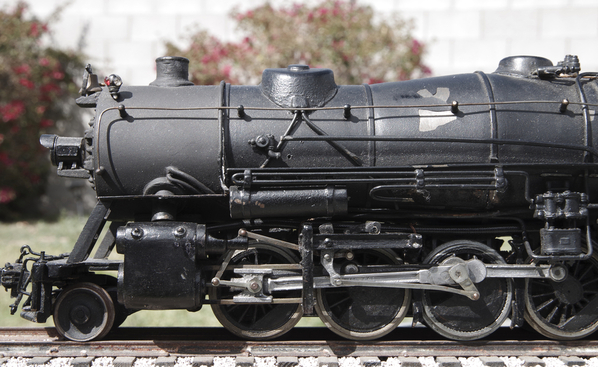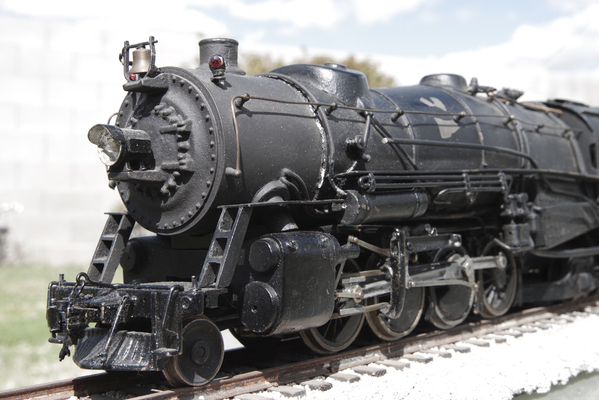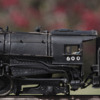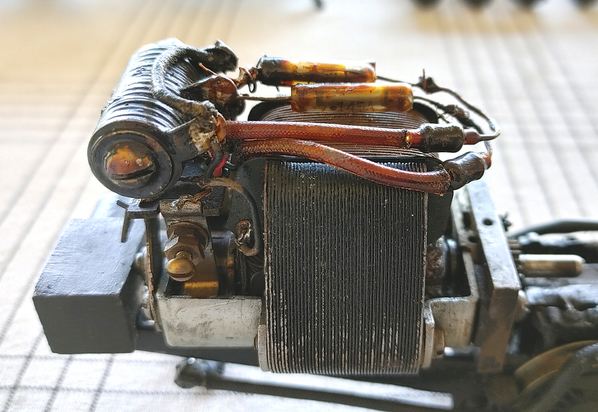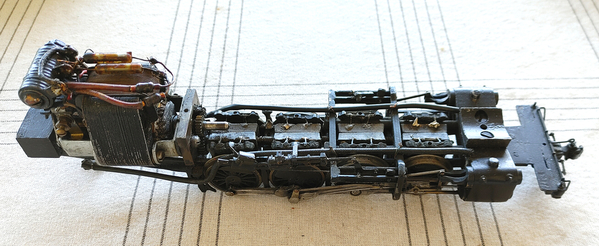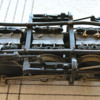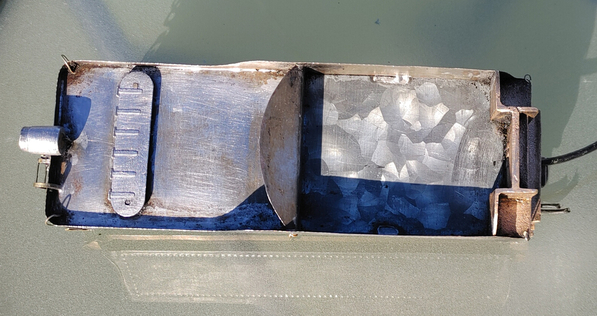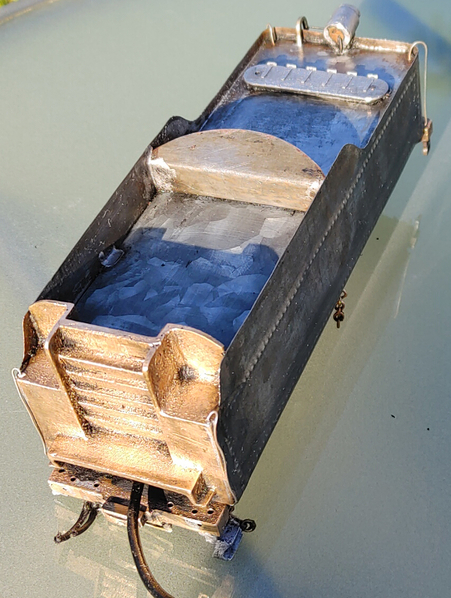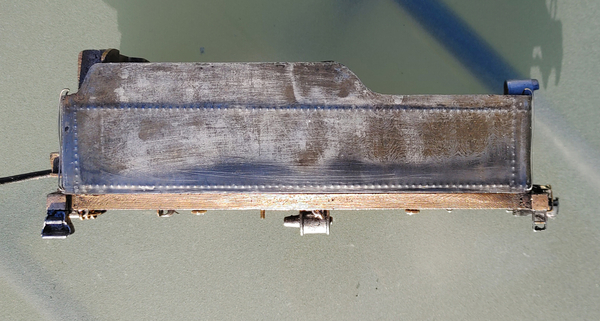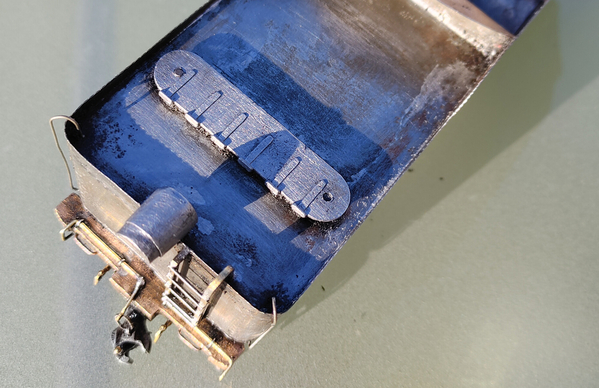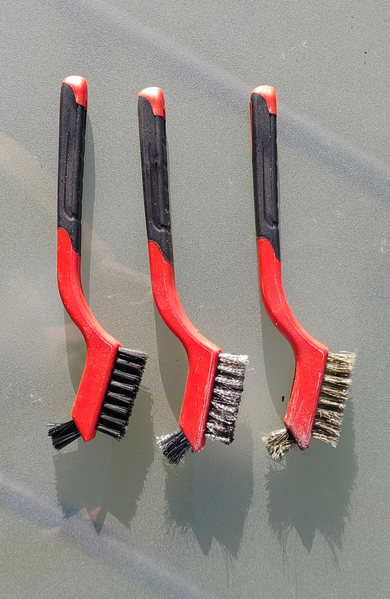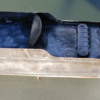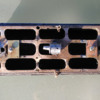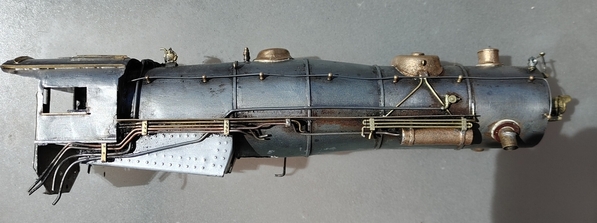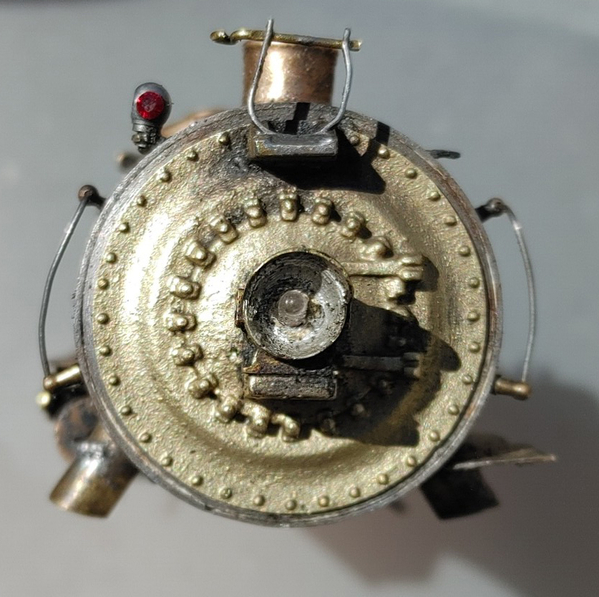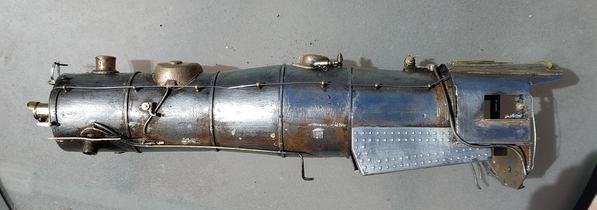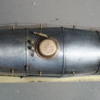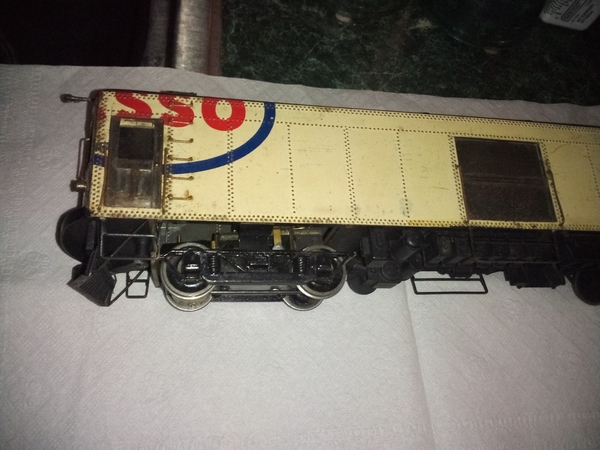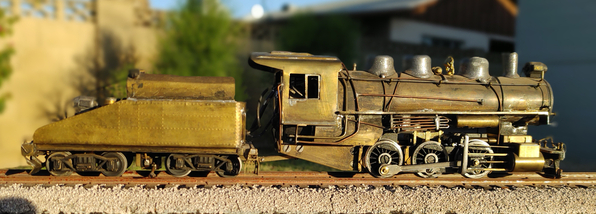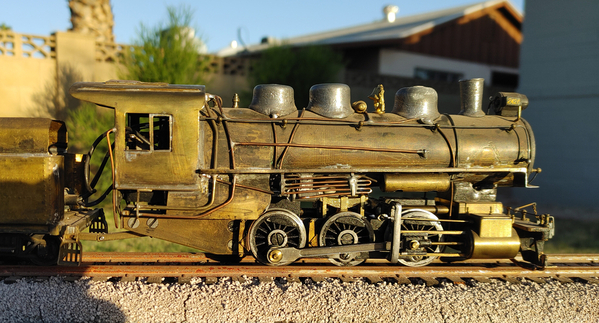I recently was able to acquire this vintage Walthers Heavy Mikado. It has the Walthers Poly-Drive which I realize is a challenge to get to operate well, but after seeing a YouTube video of one on a 4-8-4 locomotive I figured I'd take the chance. I'm not sure on the date, but it is a cast shell. I'm guessing 1940's, but I'm sure there are many experts here who would know better than I would. More photos when I have a chance to get it apart and inspect the drive system.
My plans are to strip it and detail it for an early CNJ Mikado. The major changes will be putting a Hodges trailing truck on the rear and putting 4-wheel trucks on the tender. The other details will mostly be brass castings. Off course I want to get it running first, but I'm thrilled to add this bit of history to my collection.



